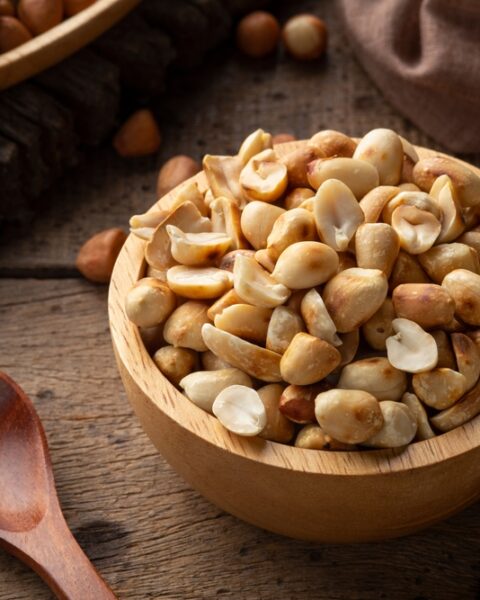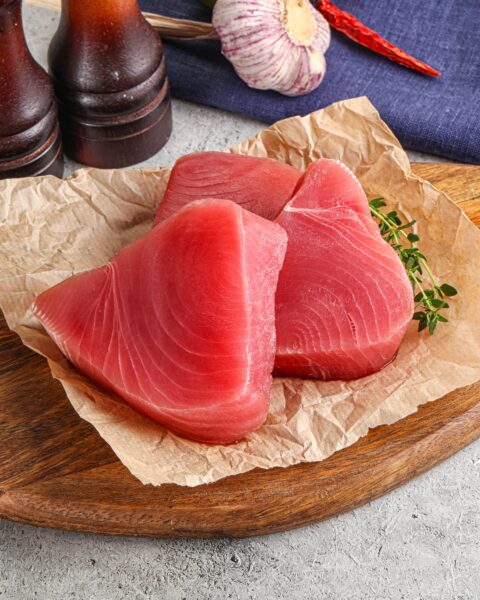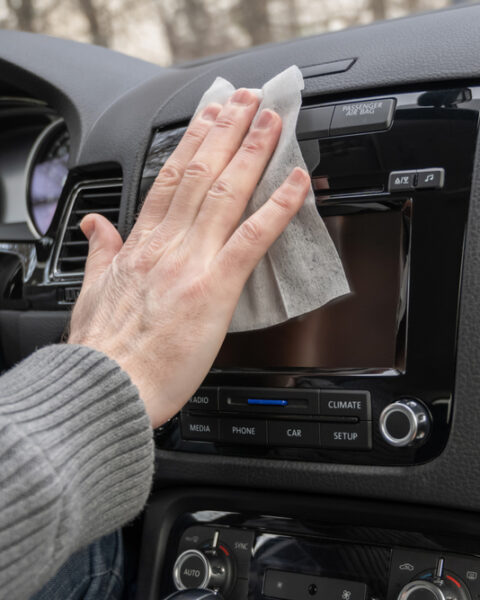Fitness is full of advice—some of it helpful, and some of it not so much. Unfortunately, many people fall victim to common fitness myths that steer them away from their goals. Clearing up these misconceptions can be the difference between stagnation and real progress. Here’s a look at the truths behind some of the most persistent fitness myths.
Contents
- 1 Lifting Weights Will Make You Bulk Up Like a Bodybuilder
- 2 You Have to Do Cardio Every Day to Lose Weight
- 3 No Pain, No Gain
- 4 Crunches Are the Best Way to Get a Six-Pack
- 5 You Can Target Fat Loss in Specific Areas
- 6 Stretching Before a Workout Prevents Injury
- 7 You Need to Work Out Every Day to See Results
- 8 Cardio Is Better Than Strength Training for Fat Loss
- 9 You Should Only Drink Water When You’re Thirsty
- 10 More Reps Equals Better Results
- 11 You Need Supplements to Build Muscle
- 12 The More You Sweat, The More Fat You Burn
- 13 More From RetailShout
- 14 28 Vintage Pie Recipes That Are Still Favorites Today
- 15 28 Irresistible Chocolate Recipes for Decadent Desserts
Lifting Weights Will Make You Bulk Up Like a Bodybuilder
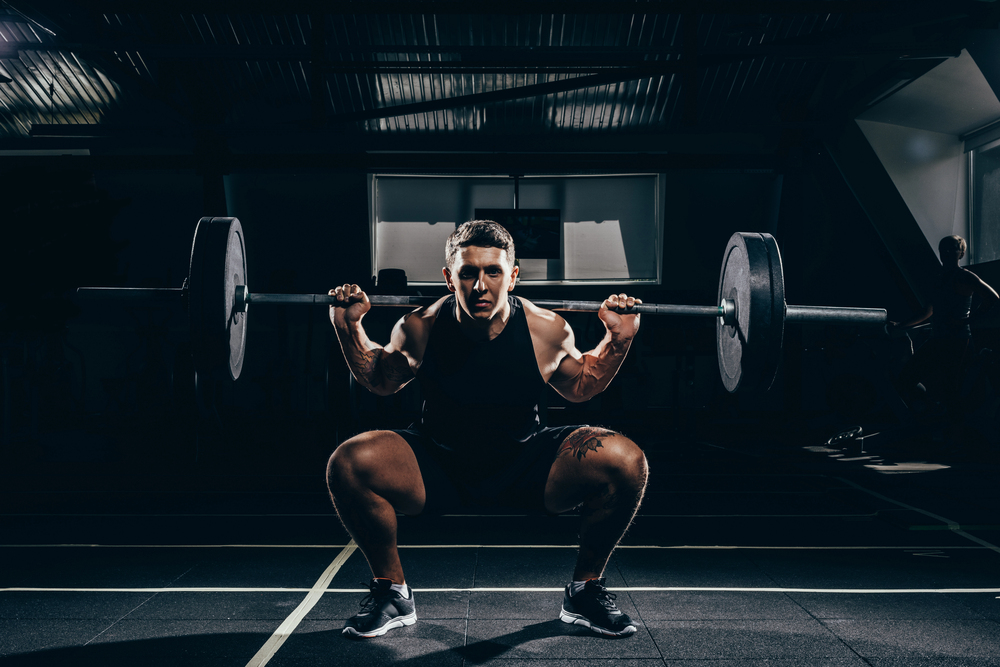
Many people, especially women, avoid weightlifting, fearing that they’ll bulk up too much. The truth is, building large muscle mass requires a specific combination of heavyweights, high caloric intake, and often, genetics. For most people, weightlifting will tone and strengthen muscles, not cause excessive bulk. Instead of avoiding weights, embrace them as a powerful tool for achieving a lean and defined physique.
You Have to Do Cardio Every Day to Lose Weight
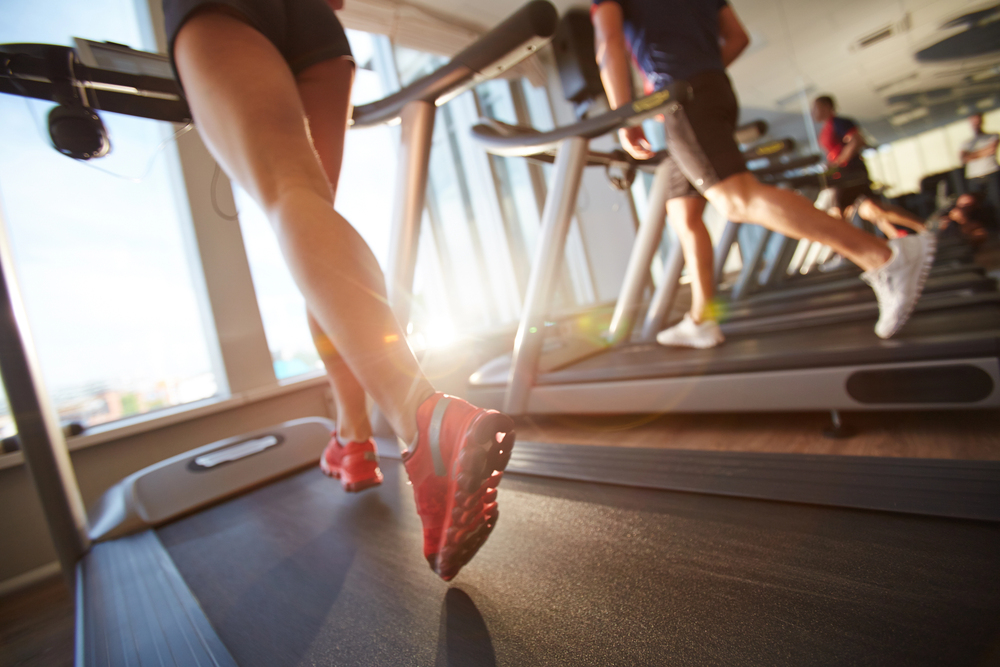
While cardio is a great way to burn calories, it’s not the only factor in weight loss. Overdoing cardio can lead to burnout and muscle loss, especially if you’re not balancing it with strength training and proper nutrition. The key to effective weight loss is a balanced approach that includes varied exercise and a healthy diet. Focus on overall lifestyle changes rather than endless hours on the treadmill.
No Pain, No Gain

The idea that you need to push through pain to see results is not only outdated but also dangerous. Pain is your body’s way of telling you something is wrong, and ignoring it can lead to serious injury. Effective workouts challenge your body, but they shouldn’t cause pain. Learn to distinguish between discomfort from effort and actual pain that signals it’s time to stop.
Crunches Are the Best Way to Get a Six-Pack
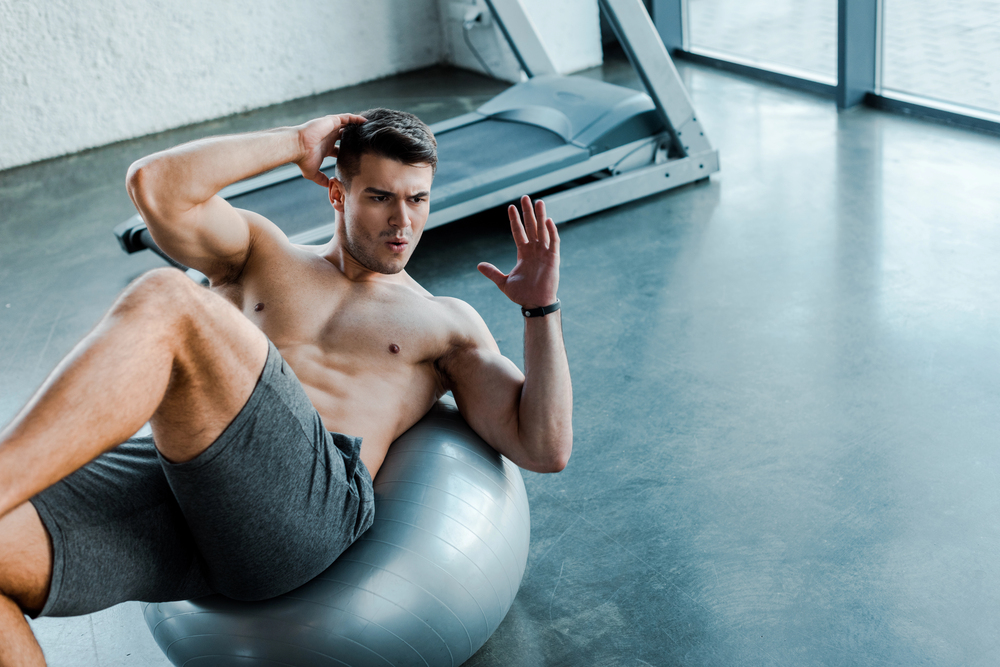
Crunches alone won’t give you a six-pack, no matter how many you do. Visible abs are made in the kitchen—diet plays a crucial role in reducing the body fat that covers your abdominal muscles. In addition to a clean diet, you need a balanced workout routine that targets all areas of the core. Don’t rely on crunches alone; focus on overall body strength and fat loss.
You Can Target Fat Loss in Specific Areas
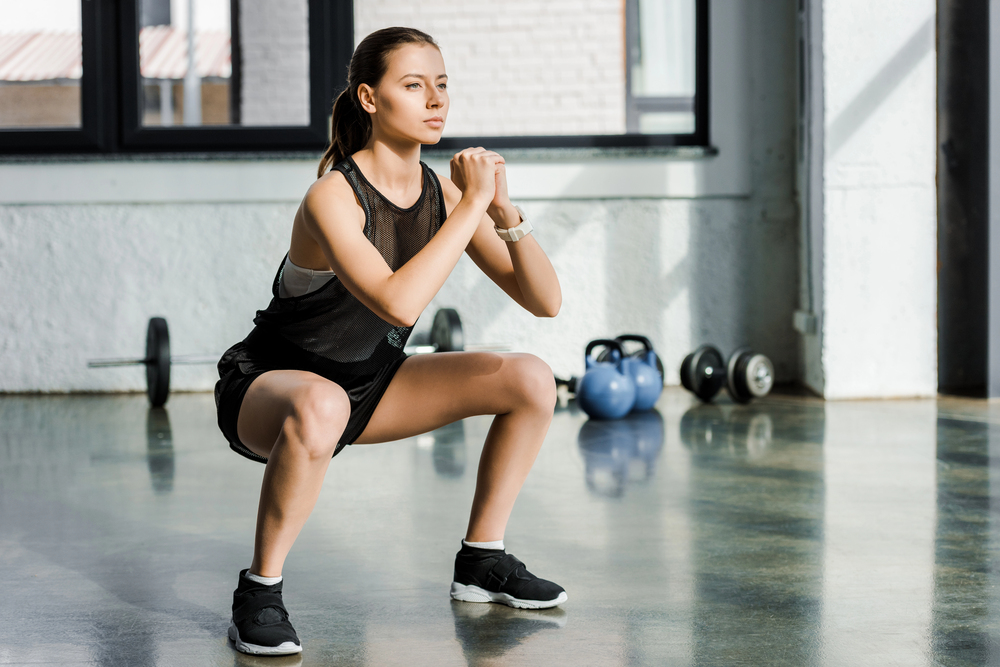
Spot reduction is a myth. You can’t choose where your body will lose fat by working out specific areas. Fat loss happens evenly across the body as you burn more calories than you consume. Instead of trying to target fat loss, focus on overall fitness and healthy habits that will reduce body fat all over.
Stretching Before a Workout Prevents Injury
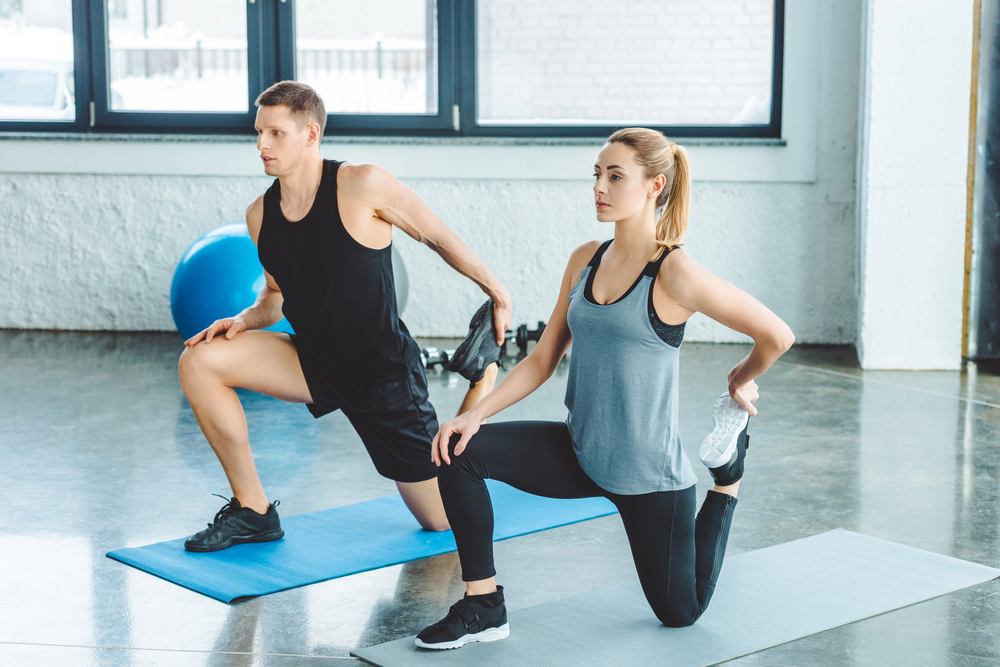
Static stretching before a workout can actually increase your risk of injury by reducing muscle strength and stability. Dynamic warm-ups that mimic the movements of your workout are more effective at preparing your muscles. Save static stretching for after your workout, when your muscles are warm and pliable. This will help improve flexibility and aid in recovery.
You Need to Work Out Every Day to See Results
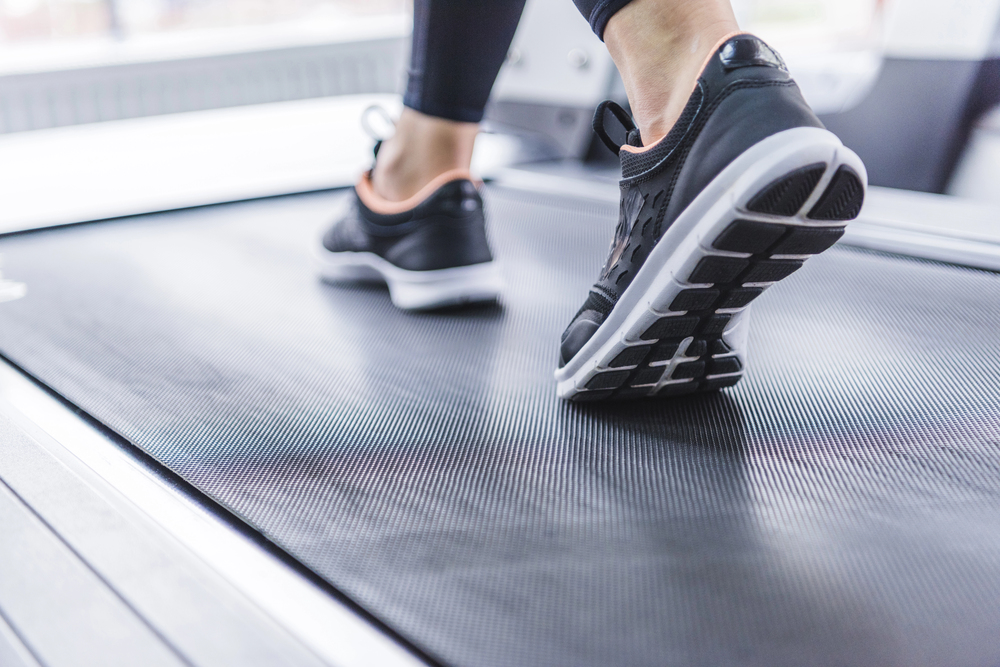
Rest days are just as important as workout days. Your muscles need time to recover and grow stronger, which happens during rest, not exercise. Overtraining can lead to burnout, injury, and even setbacks in your fitness goals. Aim for a balanced routine that includes rest and active recovery days to keep your body in top shape.
Cardio Is Better Than Strength Training for Fat Loss
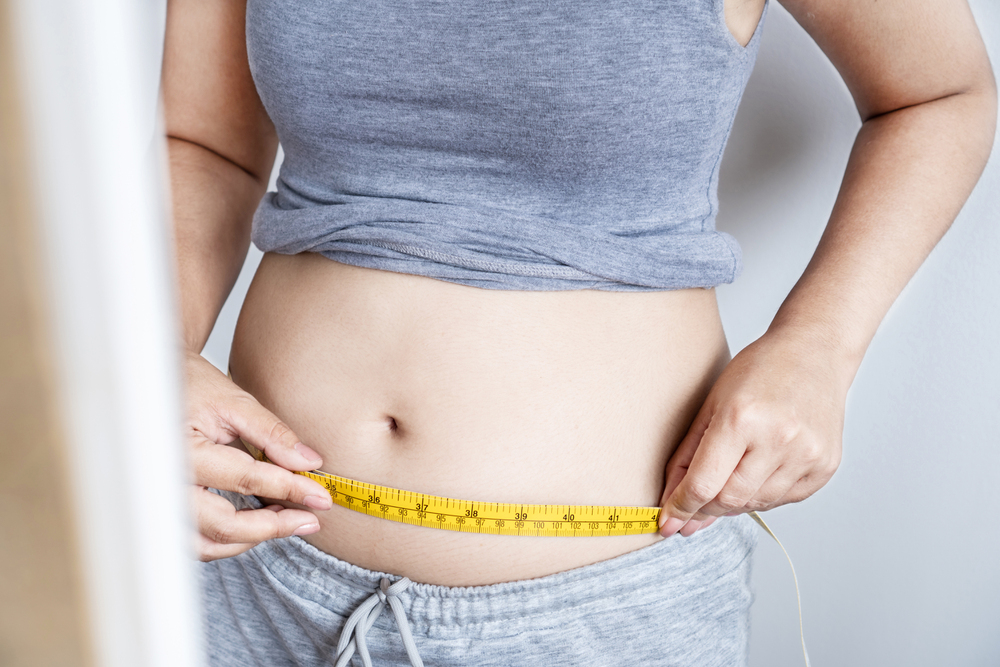
While cardio burns more calories during the workout, strength training increases muscle mass, which boosts your metabolism and helps you burn more calories even at rest. A combination of both is ideal for fat loss. Don’t neglect strength training; it’s a key component in a well-rounded fitness routine that supports long-term fat loss.
You Should Only Drink Water When You’re Thirsty
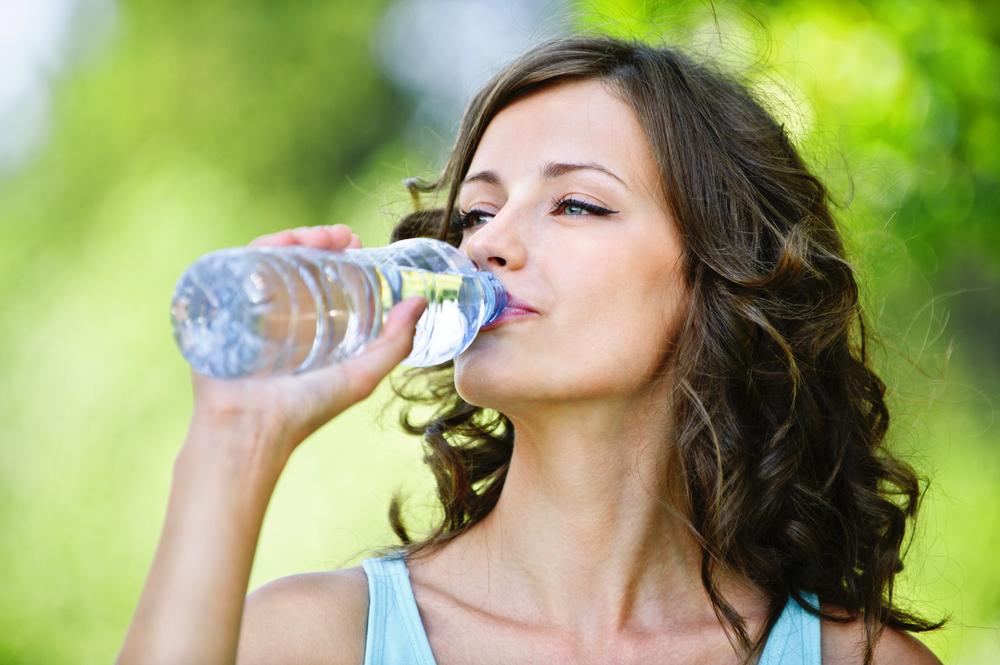
Thirst is actually a late indicator of dehydration. Staying hydrated is essential for optimal performance, recovery, and overall health. Don’t wait until you’re thirsty to drink water, especially during and after workouts. Keep a water bottle handy and take small sips throughout the day to stay properly hydrated.
More Reps Equals Better Results
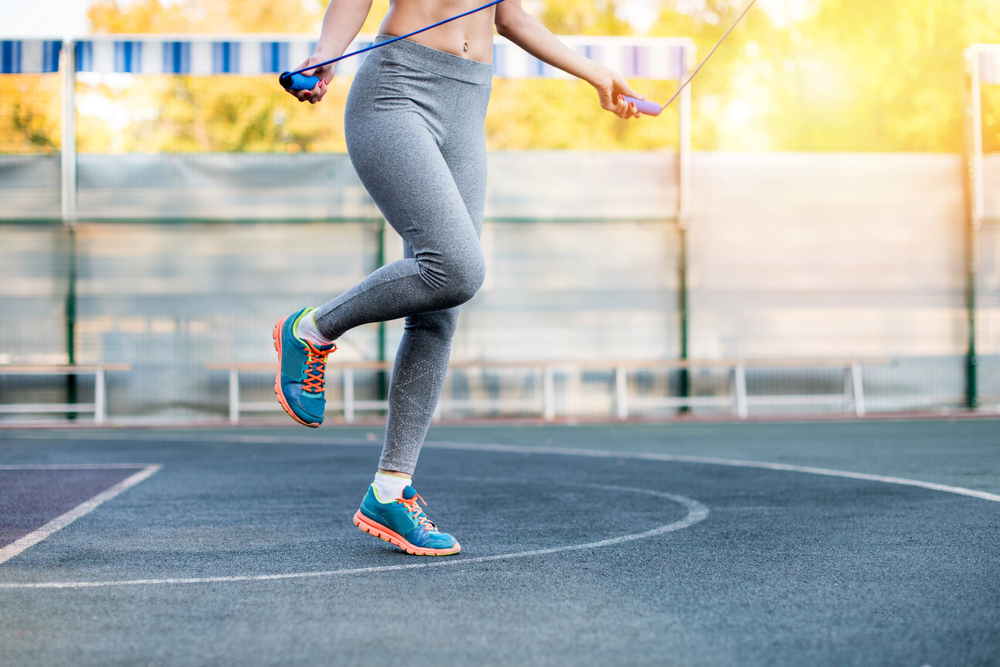
The quality of your reps is more important than the quantity. Doing endless repetitions with poor form won’t give you the results you’re after and could even lead to injury. Focus on proper technique and controlled movements, even if it means doing fewer reps. This will help you build strength and muscle more effectively.
You Need Supplements to Build Muscle
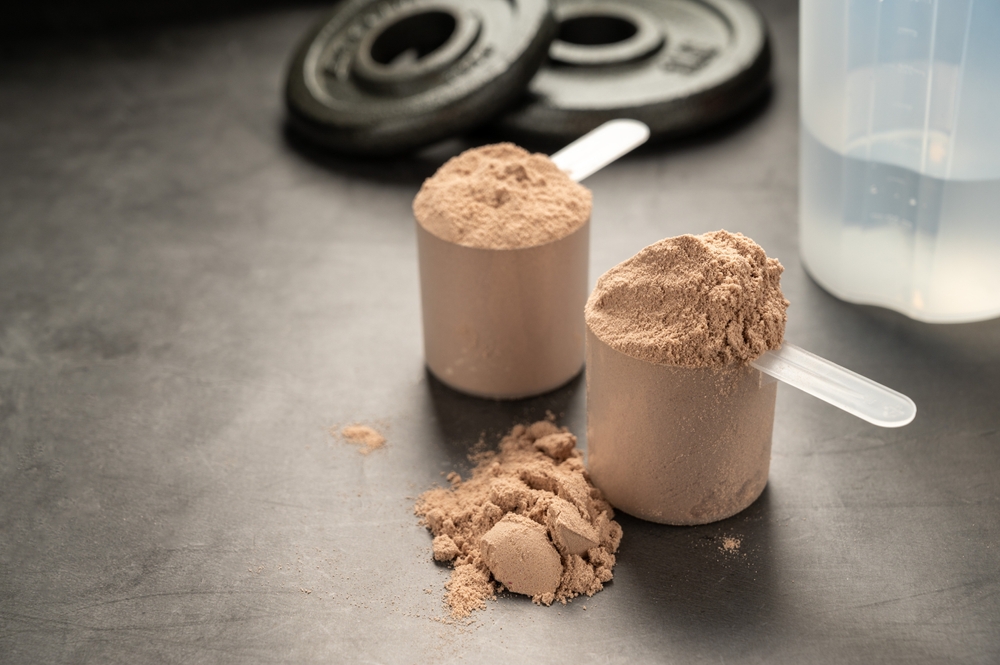
While some supplements can be beneficial, they’re not a substitute for a solid diet and consistent training. Protein powders, creatine, and other supplements can enhance your efforts but aren’t necessary for building muscle. Focus on getting your nutrients from whole foods first and use supplements only as an added boost if needed.
The More You Sweat, The More Fat You Burn

Sweating is simply your body’s way of cooling down and doesn’t directly correlate to fat loss. The amount you sweat depends on various factors, including the temperature and your fitness level. Fat loss comes from creating a calorie deficit through diet and exercise, not from how much you sweat during a workout. Focus on consistency in your routine rather than how drenched your shirt is.
This article originally appeared on RetailShout.
More From RetailShout
24 Foods That People Say They Hate Despite Never Trying Them
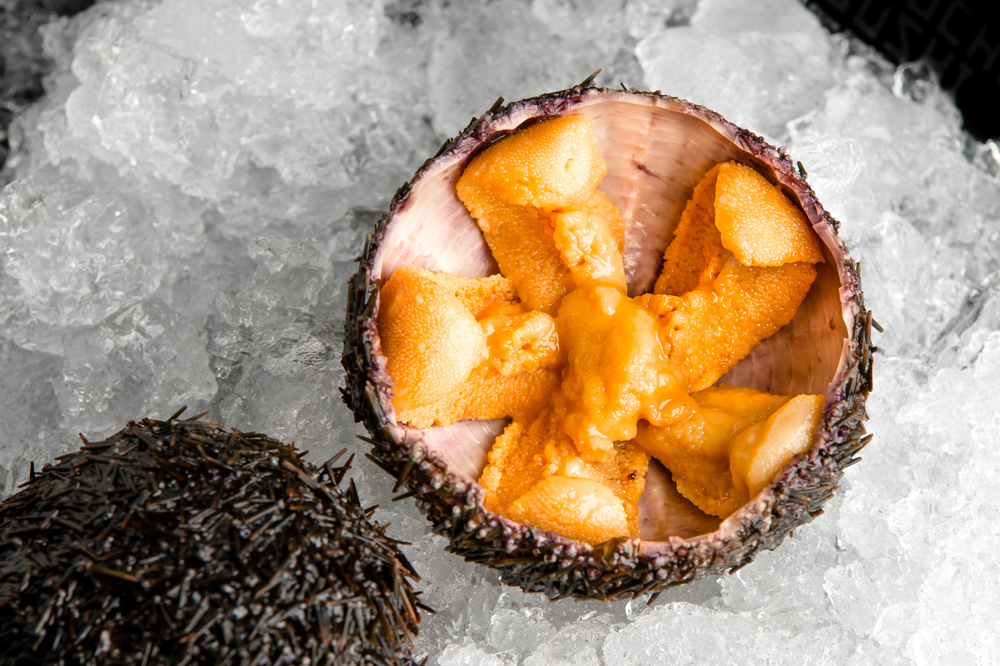
Liver is often avoided due to its strong, metallic taste and the fact that it is an organ meat. The texture of liver can also be off-putting, especially if it is overcooked. Despite this, liver is incredibly nutritious, offering high levels of iron, vitamin A, and other essential nutrients. Read More.
28 Vintage Pie Recipes That Are Still Favorites Today
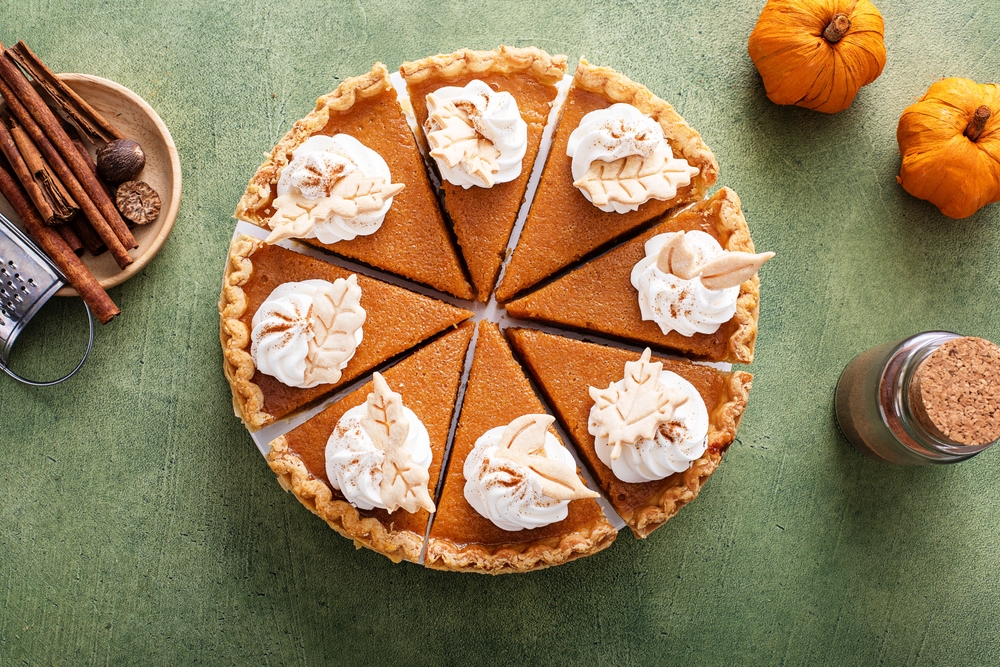
If you’re a fan of classic desserts, you’ll love these vintage pie recipes we still make today. These timeless treats have been passed down through generations and continue to delight with their rich flavors and comforting textures. Read More.
28 Irresistible Chocolate Recipes for Decadent Desserts
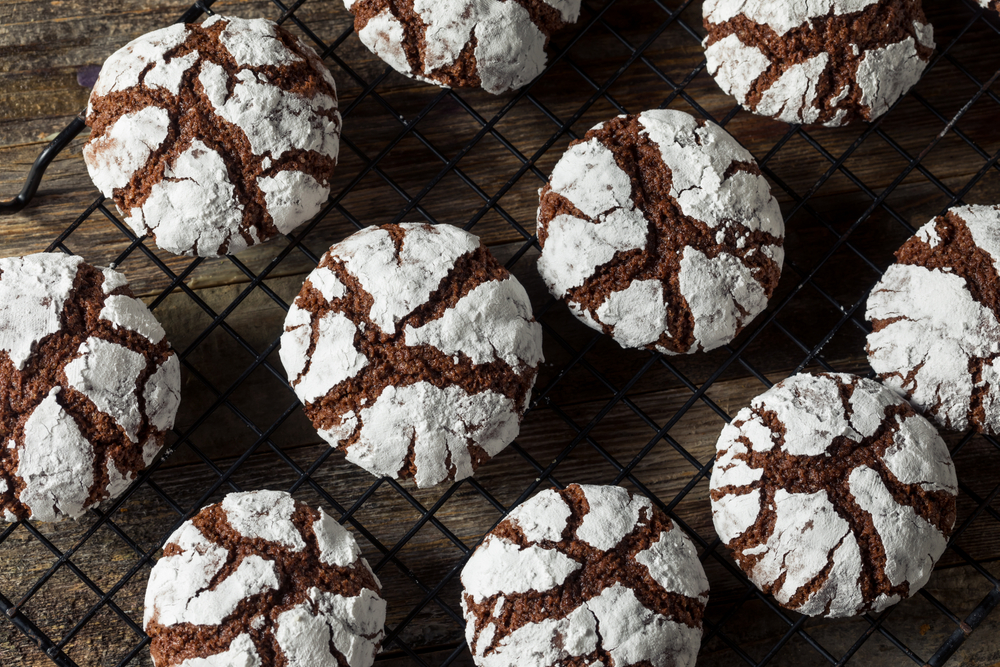
Nothing quite hits the spot like a decadent chocolate dessert. Whether you’re in the mood for a rich chocolate cake or a silky smooth mousse, there’s something incredibly satisfying about indulging in a chocolate treat. Read More.


